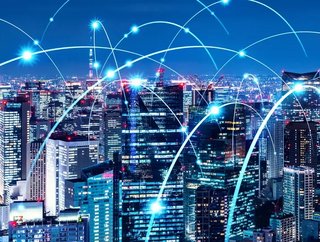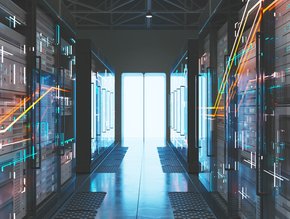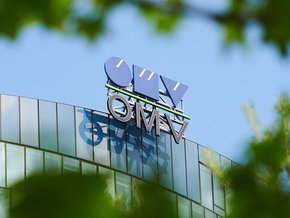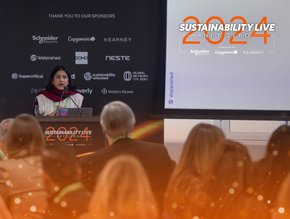ARC: digital transformation and smart cities

Technology research and advisory firm ARC recently posted a blog exploring the effect that digital transformation has had on smart city development.
Chris Cunnane, Research Director, and Jim Frazer, VP of Infrastructure, discussed how the popular trend was electrifying expectations and changing the fundamentals of work and everyday life.
Frazer identifies some key pillars or principles when applying digital transformation to the construction of smart cities, namely ‘technology updating’ (IoT, AI, machine learning, digital twin, etc), ‘process review’ and ‘cultural adaptation’.
Regarding the latter, Frazer emphasises that converting employees to a new way of working can “often [...] be the biggest challenge to overcome”.
Blueprint for a smart city
When taking into account the breadth of technologies that will need to be employed to successfully create a smart city, particularly for the adequate monitoring and optimisation of utilities, developers will need a thorough understanding of the tech infrastructure needed, such as sensors, analytics software and integrated data platforms (cloud).
SEE ALSO:
“It's important to remember that public agencies have a range of typically nine verticals that are generally accepted as part of the Smart City domain.
“That’s energy infrastructure, transportation, water and wastewater, waste management, public services, public services of police and fire. You need to wrap all of those into one unified interoperable backhaul network called the Smart City Platform,” he said.
Moving away from legacy tech
If a system cannot work seamlessly with its components, it fails to achieve the enhanced interoperability which will ultimately define the modern smart city, Frazer claims. The barrier to achieving this can often be summed up in one problem: legacy systems.
Although the rapid development of technological development is exciting, it can also happen at a pace which outstrips the existing infrastructure’s ability to upgrade sufficiently. Bringing older systems up to speed should be a priority.
“There are some initiatives in that area in terms of standards that are driving that forward. The US Department of Transportation, in fact, has a range of interoperable standards for everything, for almost every device that fits on a highway,” explains Frazer.
“Lastly, the user needs – one of the biggest obstacles is that there are a plethora of stakeholder communities that need to be corralled. You need to find their needs, achieve consensus, and refine them into measurable requirements.”
Smart cities and the optimisation of energy within them is already firmly underway, with encouraging results already being shown. By establishing a solid roadmap for progression, modern smart cities will be able to achieve an ambitious integration of tech with everyday life.
For more information on energy digital topics - please take a look at the latest edition of Energy Digital Magazine.
- Tan Delta Technology Empowers the Sustainable Energy SectorRenewable Energy
- Debunking Silicon Carbide (SiC) Myths: The Real StoryTechnology & AI
- Terabase raises US$25m for energy project construction techTechnology & AI
- How can businesses reap the benefits of mobile technology?Technology & AI






